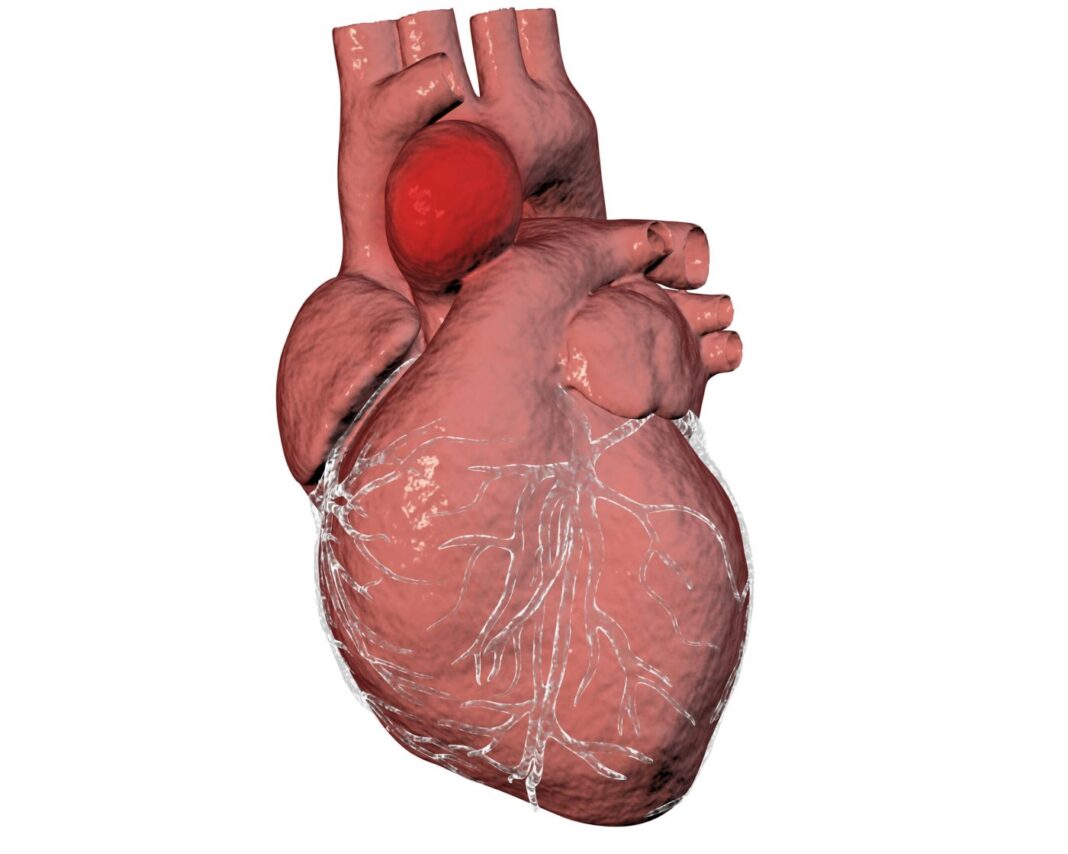An abdominal aortic aneurysm (AAA) is an enlarged area in the lower part of the major vessel that supplies blood to the aorta. Termed the silent killer, most AAAs are asymptomatic, often going undetected until rupture, and involve a poorly understood set of mechanical and biochemical events. Now, researchers at NYU Tandon and NYU Langone have identified a key ion channel that is involved in the development of AAA.
Their findings are published in the journal Nature Communications in a paper titled, “Microskeletal stiffness promotes aortic aneurysm by sustaining pathological vascular smooth muscle cell mechanosensation via Piezo1,” and led by researchers from the applied micro-bioengineering laboratory of Weiqiang Chen, PhD, associate professor at NYU Tandon, and the lab of Bhama Ramkhelawon, PhD, principle investigator at NYU Langone.
“Mechanical overload of the vascular wall is a pathological hallmark of life-threatening AAA,” the researchers wrote. “However, how this mechanical stress resonates at the unicellular level of vascular smooth muscle cells (VSMC) is undefined. Here we show defective mechano-phenotype signatures of VSMC in AAA measured with ultrasound tweezers-based micromechanical system and single-cell RNA sequencing technique.”
The researchers applied biomechanical engineering to study aneurysm pathology.
“In contrast to the extensive study of aorta wall properties, we explored how a cell’s mechanical sensitivity, or ‘mechanosensation’ to mechanical stimuli presents an innovative perspective in revealing disease pathogenesis and progression mechanisms,” explained Chen.
The researchers measured misshapen VSMC with a novel ultrasound tweezers system and a single-cell RNA sequencing technique.
The researchers discovered Piezo1, which critically regulates VSMC mechanical sensitivity. They also found that inhibition of Piezo1 prevents mice from developing AAA by alleviating pathological vascular remodeling.
“Our findings demonstrate that deviations of mechanosensation behaviors of VSMC is detrimental for AAA and identifies Piezo1 as a novel culprit of mechanically fatigued aorta in AAA,” concluded the researchers.



